I guess it’s time for a true confession. I’m a coffee snob. And when I travel, I have a passion for supporting local roasters and coffee houses. Let’s just say I’ve BEAN Around the World and I’m feeling like now is the time to start sharing the love… and caffeine, one city at a time. Recently, I had the pleasure, and it was a pleasure indeed, to explore the coffee scene in Buenos Aires! I’ve got lots to share with you, so let’s open the TWG cafe society doors and talk coffee, Buenos Aires style.
Usually, I explore the coffee places in different areas of each city, so no matter where you are, you’ll know a place that’s worth checking out. Let me say upfront that I had a WONDERFUL time exploring the coffee scene in Buenos Aires, and that if you drink coffee, you’re in for a real treat. Many, if not most, of the coffee places in Buenos Aires are one-off places. If they do have more than one location, they’ll for sure have a shop in the hip and trendy Palermo area, so let’s start there.
The first place I explored is called Felix Felicis & Co Coffee. Maybe it was the jet lag, but my usual amazing sense of direction failed me the morning I went here. I got very turned around in Palermo, I kept asking people if they knew where this place was, and they only wanted to send me to Starbucks :(
I was exasperated and stopped into a restaurant in one final effort to ask directions. This guy overheard my conversation with the waitress and said to me, “I’m Gustavo and I work at Felix Felicis! I’ll take you there!” He was at the restaurant ordering a breakfast burrito. We all had a good laugh and my new best friend in Buenos Aires emerged! This is the part of NOT using technology when I travel that I love. Even in my exasperation, I knew the adventure, as it always does, would lead to good laughs and new friends. It always does!
So off I went with Gustavo to experience my first flat white of the trip. The flat white was excellent, and I loved everything about this place. It’s rather small but with just enough tables and counter space. The design is modern. I like wood and clean white spaces in coffee shops. Gustavo gave me the low down on the Buenos Aires coffee scene, and I spent at least an hour there talking with him and the other baristas.
The coffee scene emerged about 5 years ago and Felix Felicis has been in business for 2 years. Palermo is a heavily touristed part of the city, so their customers are roughly 50/50 tourists and locals. They use Lab Roasters as their roaster, which was true for many of the coffee houses, and perhaps the most interesting and strange fact I learned is that because of Argentinian politics, up until recently, there was only ONE bean importer in the whole country. Imagine that!
Another insight Gustavo gave me, and this was true as well of every coffee shop I went to, is why there were no decaf beverages available. Decaf beans are only in the supermarkets, which I also learned was true in Panama, too. The idea is that the chemical process that decafs the bean changes the bean and the coffee shop owners don’t want to do that.
Over and over again, I heard from the coffee shops that the relationship to the bean is number 1. Number 2 is the process and number 3 is the customer. The relationship percolates down from the farm to the roaster then to the barista and finally to the customer. Their goal is to teach the customers the importance of the bean. They told me that because so many of the beans from South American countries are sent overseas, the people in South America are used to drinking cheap, crappy coffee. And a lot of it. So the goal of these cafes is to get their local people to appreciate, and of course pay for, what the rest of the world already appreciates… that the beans from South America create amazing roasts and beverages. I totally understand this sentiment and it was an incredibly fun experience to be around these people and enjoy their passion for what is by no means an easy goal.
I mentioned that Lab Roasters was the go-to roaster for many of these cafes, but some of them are starting to roast their own beans. Just so you know a bit about the economics of roasting, a roaster costs USD $25,000 to $27,000 and roasts about 6-10 pounds of beans at one time.
One place starting to roast their beans is Lattente, also in Palermo. I really appreciated Daniel, one of the owners of Lattente, taking the time to talk with me. It was 95 degrees out and the air conditioner at Lattente had broken down earlier in the day. And yet, the small space was filled with people, who like Daniel and me, were sweating profusely while drinking our coffee. I sampled the flat white and it was excellent. All in all, the baristas in Buenos Aires make dynamite flat whites!
Daniel told me that almond milk was becoming a popular request and that actually, the owner of Felix Felicis made her own almond milk which was delicious, so this is what Lattente uses. Daniel gave me a sample of the almond milk and he was right. It tasted fresh and thick, so be sure if you take almond milk in your coffee to try it at Lattente.
On the day I was at Lattente, Sheikob’s Bagels was selling bagels outside on the street. There were plenty of tables, and though I didn’t sample the bagels (we had a big steak lunch planned), from the looks of the crowd, a bagel and Lattente coffee might just be the Sunday thing to do!
Just so you know, Full City, another popular cafe, is just up the street from Lattente. I did look in and the ambience looked OK but I was told that Lattente had better coffee, so I never tried Full City.
The Coffee Town location I tried first was in the San Telmo covered marketplace. I did not like this location at all, and actually left before I ordered anything. It’s their major location and they have a coffee school here, too. They’ve been around for 5 years. There were two reasons I left before ordering anything. The first was although the marketplace should have been smoke-free, it was not, and there were Coffee Town customers smoking at the tables near the booth. The second reason was that even though I stood there for some minutes reading the menu and looking around, none of the baristas approached me. Sorry to say their conversations on their phones were more important, so I left.
I knew Coffee Town needed to be experienced though, so I decided to check out their Recoleta location. Boy, was I glad the energy at the San Telmo location turned me off and propelled me to Recoleta. I made a few visits to the Recoleta location, and this turned out to be my favorite coffee spot in Buenos Aires. The Recoleta location has only been open for 1 year.
Lab still roasts their beans but like all the coffee shop owners, they want to roast their own beans as soon as possible. Because of this location, 80% of their customers are locals, which always lends itself to fun conversations for me. Talking coffee with locals gives me great insights! The cortado is very popular, as is their cafe con leche. I went with a flat white so as to compare it to the other cafes. Once again, the flat white was the excellent blend of milk and espresso.
The cafe itself is rather unique. It has a window so you can pop in for a take-away beverage. There is plenty of table seating, too. I absolutely adored the colorful design of the space, it has great light from the street, and the baristas, each time I was there, were fun to talk with and had great senses of humor.
- Recoleta Location Interior 1
- Recoleta Location Interior 2
On one of my visits, I noticed a male/female couple at the next table over. Actually, the couple and I were the only customers at this time of day. The man had lots of camera equipment, was taking lots of photos, and talking with the barista in Spanish. For some reason, I jumped to the conclusion that he was doing all this because he was putting together some marketing pieces or working on their website.
I was way off base. Cesar turned out to be a coffee entrepreneur from Panama. He and his girlfriend (who is Argentinian but lives and works in Panama) were in Buenos Aires checking out the coffee scene. Thank heavens his girlfriend, whose name I apologize for not remembering and not writing down, spoke English because given my limited Spanish, I’d still be there today trying to communicate with them! We spent a few hours talking together and I had a great time. I was able to give them the scoop on the Palermo coffee scene and they told me all about Panama City, what it’s like to live and work there, and about the up and coming coffee scene in Panama that Cesar and his brother are developing.
Speaking of Cesar’s brother… his brother wins all the barista competitions in Panama and Cesar comes in second! Then we started talking about the World Barista Championships and the one coming up in Seoul in November 2017. When Grant reads this post, I hope he finds money miles and points in the TWG budget to send me to Seoul for this! (Editor’s note: I may have some Korean Air SkyPass miles available…)
I’ve always wondered how these barista championships are run, how they score points, and what beverages they have to create. Cesar took the time to explain all this to me. I talk coffee with a ton of people and I have to say Cesar was off the charts excited about beans, roasting, and creating coffee experiences for his fellow Panamanians. Cesar was shocked that I hadn’t yet seen the movie from 2016 called The Coffee Man, about the world champion barista of 2015. Of course, he highly recommends it!
https://www.youtube.com/watch?v=z42uHSaDijg
If you do get to Panama City, please check out Cesar’s cafe, Leto Coffee and tell him that nutty woman from Coffee Town in Buenos Aires sent you!
So while there are probably a few other specialty coffee places to check out that I did not get to, I feel like I’ve given you a great start to finding the best brews, beans, and spaces, as well as the warmest, most friendly coffee scene people in Buenos Aires. Have you had coffee in Buenos Aires? Spill the beans and let me know which places you’ve tried and what your experience was like!
P.S. I know, I promised you a north of the border coffee scene review, so stay tuned. It’s coming up next! Adios from Buenos Aires and bonjour/hello to Canada!
If you liked this post, please check out all the other cities I reviewed in Shelli’s World Coffee Tour.


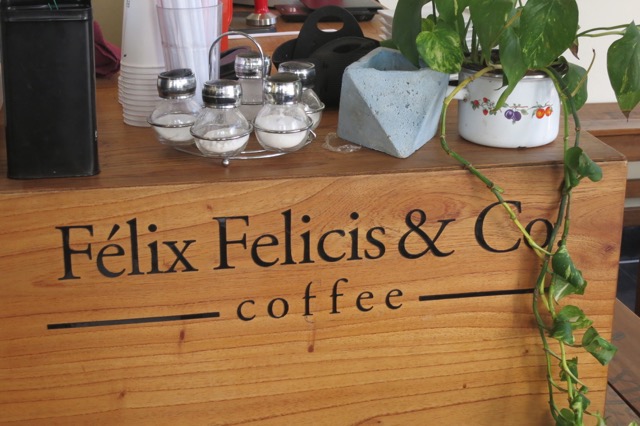
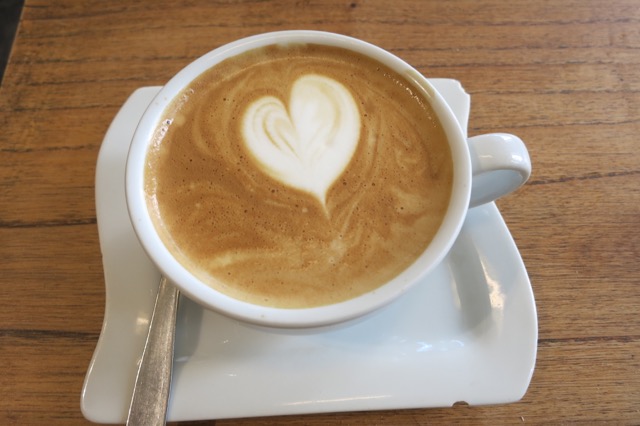
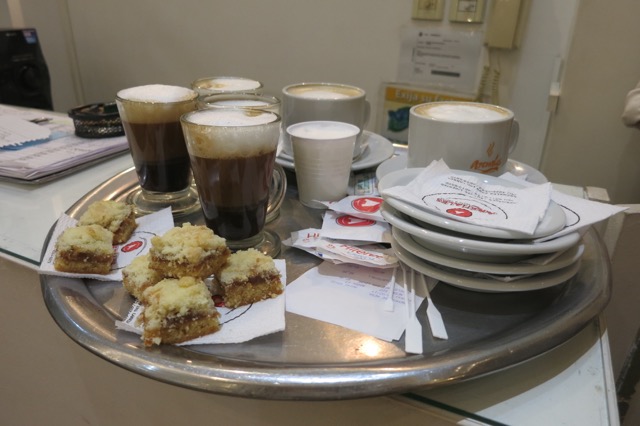
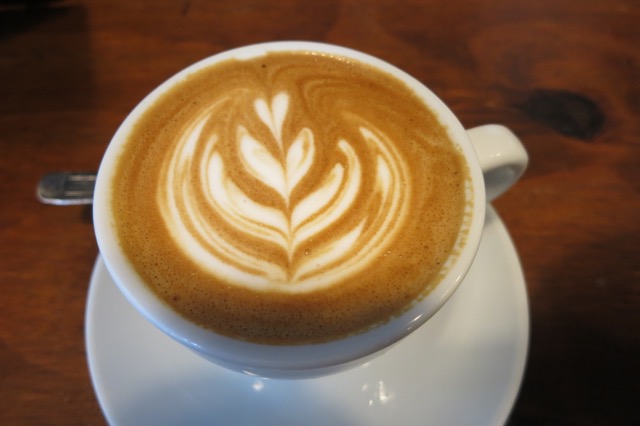
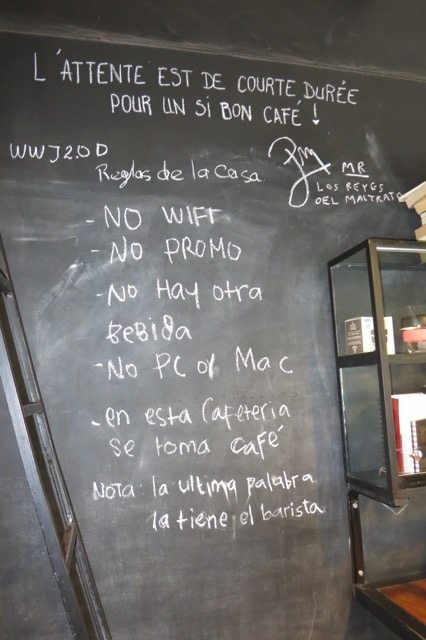
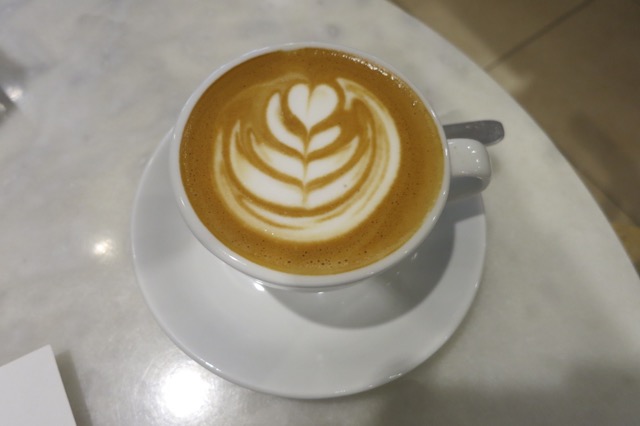
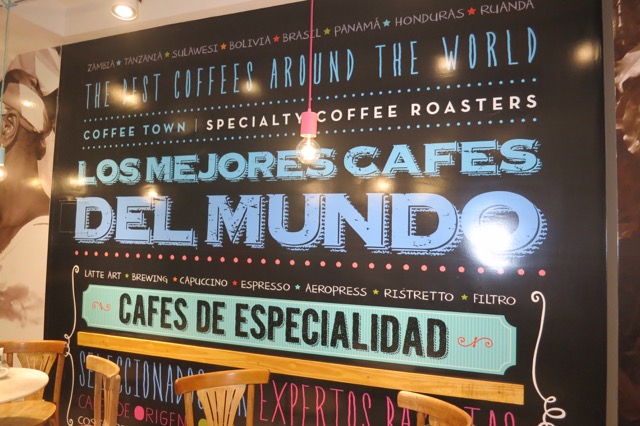
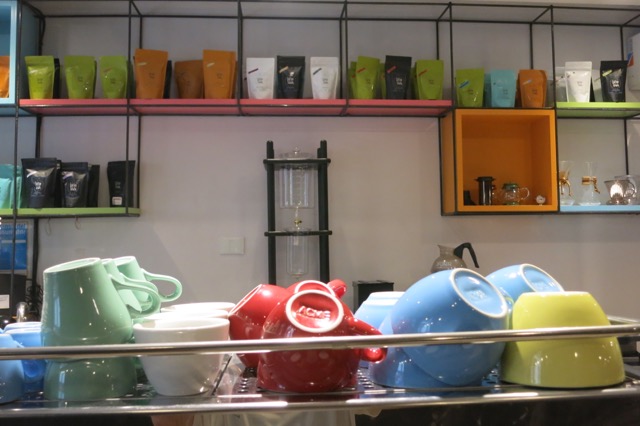
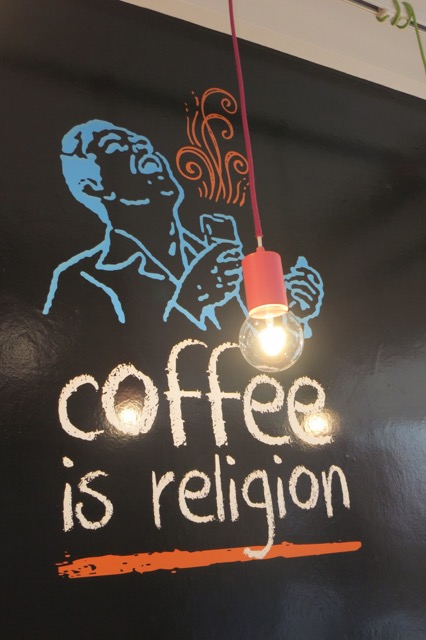
Pingback: Shelli’s World Coffee Tour – Coffee Houses in Ljubljana, Slovenia (Part 2)
Pingback: Shelli's World Coffee Tour – Coffee Houses in Madrid, Spain